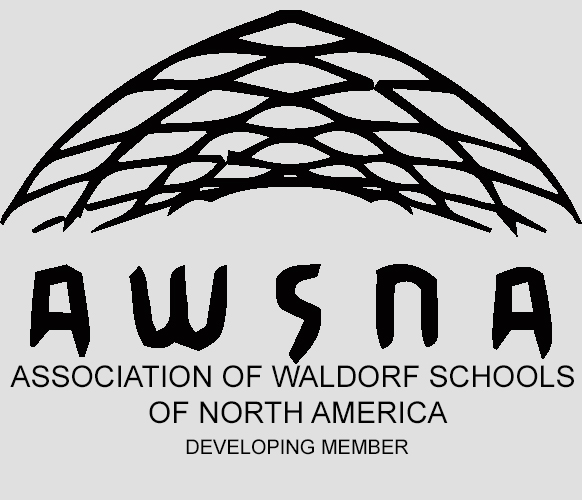“Through Eurythmy, we can reach beyond ourselves to where we've come from to the spiritual world, and we can reach beyond ourselves to the heart of another and the world. There is a possibility to find real healing through Eurythmy.” (Chloe McKenna)
Q. How would you describe Eurythmy to a parent who has perhaps heard of it, but is not exactly sure what it is?
Eurythmy is a movement art brought in Waldorf Schools for children to enter—through movement—into what they're learning in their other classes.
Eurythmy movements themselves come out of the movements of the formative forces of speech, and that is the beginning—the word.
In turn, Eurythmy helps to balance the formative process of the child by bringing the right gestures at the right times, and the right soul experiences at the right stages of development. This supports the specific pedagogy in Waldorf Education that is matched to the archetype of each age of development.
It takes the active teacher and Eurythmist to try to perceive where the children are and how the world is impacting them. Out of this, we strive to bring the right Eurythmy gestures to help support what they're going through in their development and what the world is bringing them.
Q. Why do we bring Eurythmy to children?
Eurythmy brings into movement what children are learning; it is not conscious, it is through a story, fairy tales, poetry, music.
To give a concrete example of what this looks like, if a class is studying Greek history in the 5th grade, one would bring the peace and energy dances, given by Rudolf Steiner, based on the Greek Temple dances.
Students enter these movements of the Greek people and have an experience of what they were striving for at that time. The mystery behind it, in this example in particular, is that this history has a great relationship to our lives at this point in time, namely, the coming together in a circle as a group of people and the social element that one is not on their own.
The energy dance works with the anapest (short-short-long) rhythm, a calling up of energy or fire right in the center of each person, a calling to rise in a way. The peace dance brings in an element of love, also through this anapest rhythm. The Greeks used this in the Temple dances before going out to battle. It was a different battle at that time, but today in educating the child, the task is to provide the child a basis for which to stand in the world.
Q. What drew you to Eurythmy?
I felt as though Eurythmy was the call for me to stand in the world out of truth and out of goodness, out of something higher than what I'd known. To move with other people where the beginning place is always out of one's heart gives me hope that one can rise out of the darkness, that we can really lift our souls through art.
Q. What training does a Eurythmist complete?
Eurythmy Training was first brought as a seven-year study program by Rudolf Steiner. Now most schools are four years. We meet four days a week, 8-10 hours a day. Classes include speech eurythmy, tone eurythmy, speech formation, studies of anthroposophy, painting, singing, music theory, and even some anatomy. A teaching practicum in the 4th year and Eurythmy performances are also part of the training.
Eurythmy training is a constant exploration of the questions, “What is the human being?” and “How can we create a truly human community and live freely out of ourselves?”


